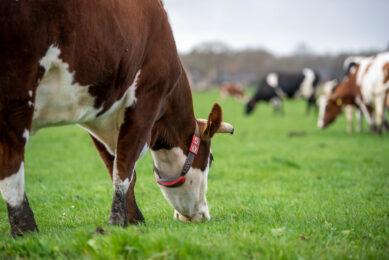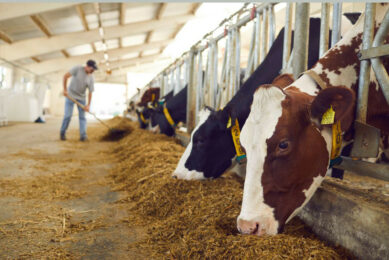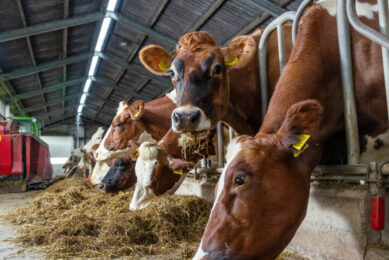Biodigesters in mini size with major benefits
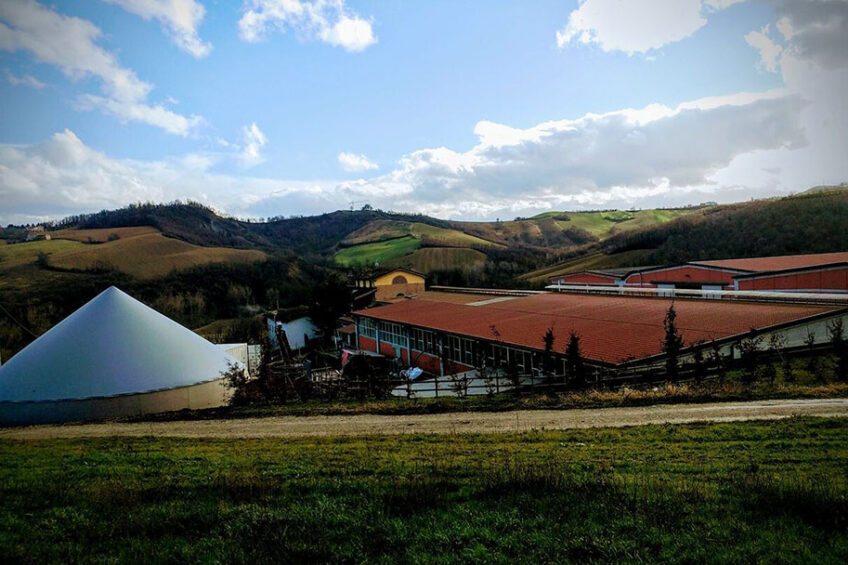
The use of mini-digesters is increasing on dairy farms in Europe and North America. Here we look at what is on offer.
Reducing carbon emissions on dairy farms is a critical goal right now, not least to show consumers that dairy farmers are doing their bit to slow global warming and that dairy products are sustainable.
Biodigesters are the most effective way to slash methane emissions from manure, as methane plays an intense role in the current warming of our atmosphere. (The other source of methane from cattle is their burps.)
Besides greatly reducing methane from manure, biodigesters generate heat that can be used to heat farm buildings. They also generate electricity for the farm from burning the scrubbed methane (CO2 is produced from the farm’s manure, but it is a much less intense greenhouse gas than methane). The farm’s electricity bills are therefore lower, which helps the digester pay for itself. In addition, some jurisdictions enable farmers and others to sell excess electricity to the local electricity provider, creating another farm revenue stream.
The use of a digester to process manure, compared to a manure lagoon or the application of raw manure to fields, also greatly reduces manure odour.
Mini size, many benefits
Because biodigesters are pricey and not feasible for farms with lower numbers of cows, some farm technology firms have created and marketed mini-digesters. ‘Minis’ are a fraction of the cost of their full-sized cousins and provide many other advantages. They generally require only a simple permit from the local government – an in-depth impact assessment that is compulsory in some jurisdictions for full-sized versions is not needed. Minis come pre-constructed and are very quick to install. There are 2 parts: the digester and the attached self-contained control system.
Minis are designed to run on manure alone, whereas their larger cousins often have a requirement for off-farm feedstock (especially fats) in order to ensure the bacteria can thrive properly. In general, the farmer only needs to check in with the mini for about 10 minutes a day, accessing the control system readout online.
Extent of use
Among those companies that currently offer minis is Biolectric of Belgium. The firm has installed 300 minis, almost all of them (295) in Europe and the rest in North America. Almost all (285) are located on dairy farms, with the remainder mostly on pig farms and a few installed at wastewater treatment plants and small food factories.
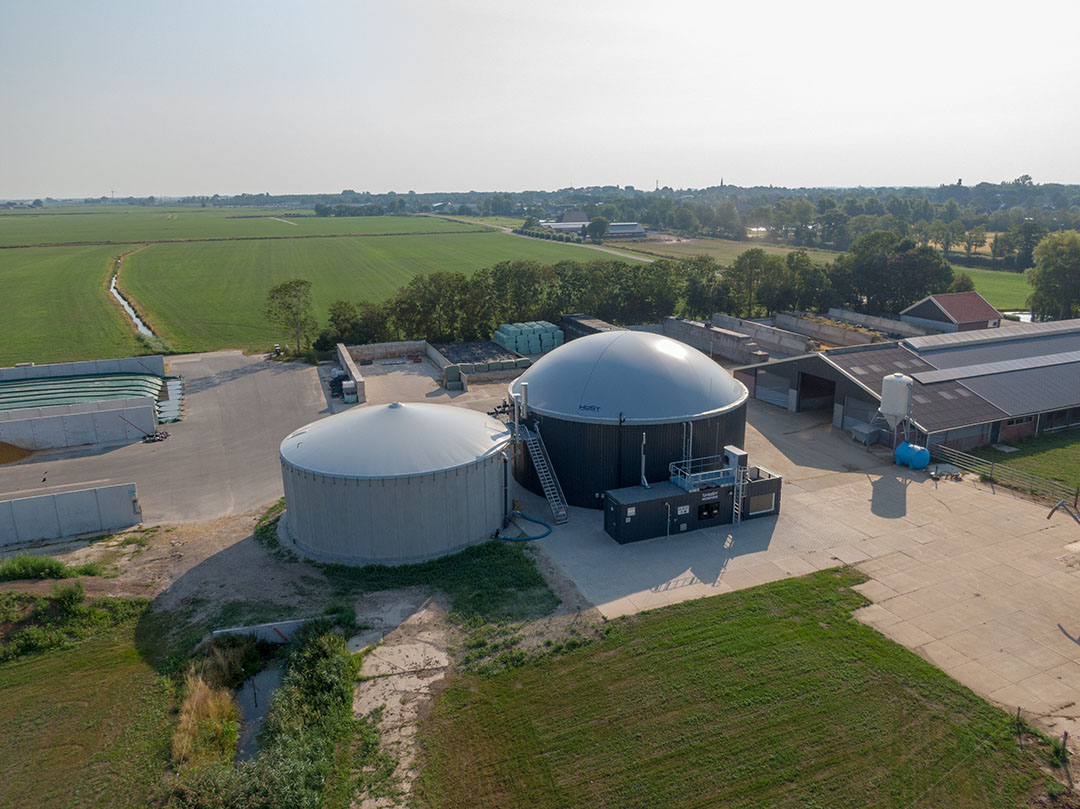
“Five dairy farmers who bought between 2011 and 2013 have ordered a second one,” adds Klaas Vanhee, Biolectric’s commercial director. “More than 15 have done an upgrade to match the mini-digester with their growing farms.” If farmers aren’t sure if they want to buy a mini, Biolectric offers the option to lease one to try it out. The company also offers maintenance contracts that guarantee downtime to be less than 10%.
HoSt, based in the Netherlands, also sells minis. There are 20 of their Microferms already installed, with others under construction in the Netherlands and France and one in Germany.
Minis are also already used in developing countries, constructed as part of carbon credit schemes. (Biolectric minis, for example, can prevent the equivalent of 45 to 940 tonnes of CO2 a year from entering the atmosphere depending on their size.)
For instance, global energy sector company, Total Energies, has a 10-year carbon offset pledge with the GoodPlanet Foundation (one of the world’s biggest CO2 offset organisations) to fund small manure biodigesters in the rural regions of Telangana, India. Another global energy firm, BP, funds the BIRU manure biodigester project in Indonesia that has already enabled over 100,000 people across 10 rural provinces to benefit from biogas for cooking, heating and electricity.
Indeed, Mexico-based digester firm, Sistema.bio, estimates that 400 million smallholder farmers worldwide could use small biodigesters to meet domestic energy and biofertiliser needs, generating savings and increasing yields and incomes.
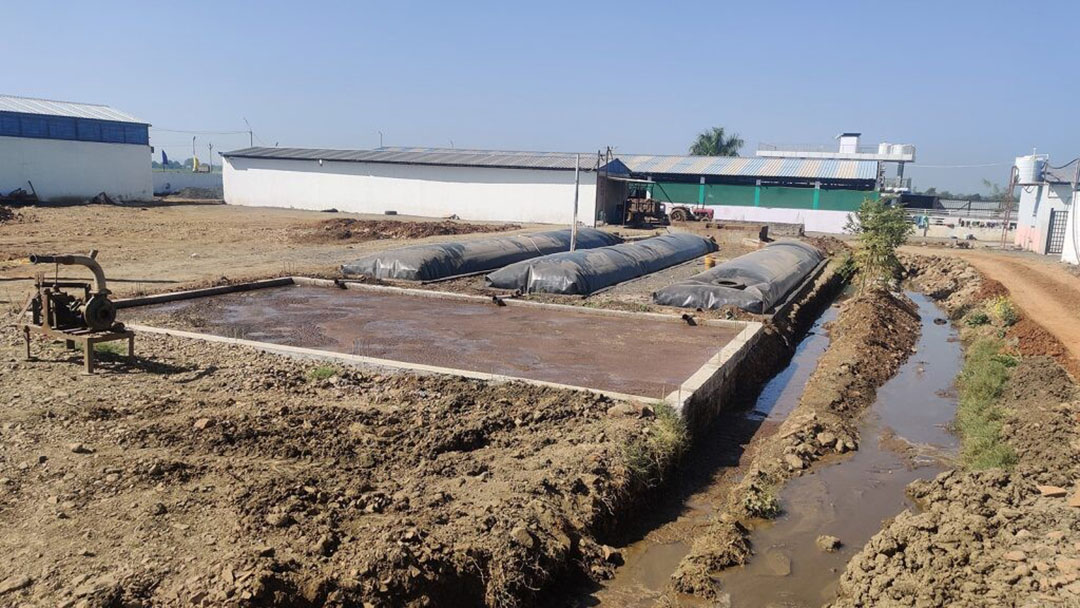
Sistema has a case study of a dairy farmer in India with about 200 cows which installed a Sistema.bio digester (35 m3) around 2 years ago. His system provides enough gas for his family, for cooking in 8 farm labourer households and for processing cattle feed and intermittent electricity generation. His digestate ‘biofertiliser’ has helped save fertiliser costs and increased his yields. This farmer is also selling biofertiliser.
A closer look
Biolectric offers 7 mini models from 9.7 kW to 74 kW. At least 1,500 m3 of slurry per year is needed (80 cows) for the smallest one, and about 200 m2 of space. It automatically pumps a fixed amount of manure from the reactor to the digestate storage every day and supplements the discharged volume with fresh manure from the manure pit. The MyBiolectric app informs a farmer in real-time how much electricity is being produced and how adjustments can increase digester efficiency.
The cost ranges from € 125,000 to € 500,000. Vanhee says the payback period is between three and ten years, depending on the country, size and extra investments needed on a particular farm. “Most European countries,” he adds, “have both investment grants – up to 40% of the cost – and ‘feed-in-tariff’ programmes for electricity and heat.” Some funding and feed-in-tariff programmes are also available in North America.
The Microferm is ideal for dairy farmers with at least 250 cows and a manure production of at least 7,500 m3, says Tamarah Swensen, HoSt marketing communications manager. “We also have a Microferm+, a slightly larger scale digester suitable for other feedstock than only 100% manure,” she explains. It provides processing of 5,000 to 10,000 tonnes of feedstock per year, such as manure, maize silage, grass cuttings and organic waste. Its biogas can supply about 360 European households for annual cooking and heating.
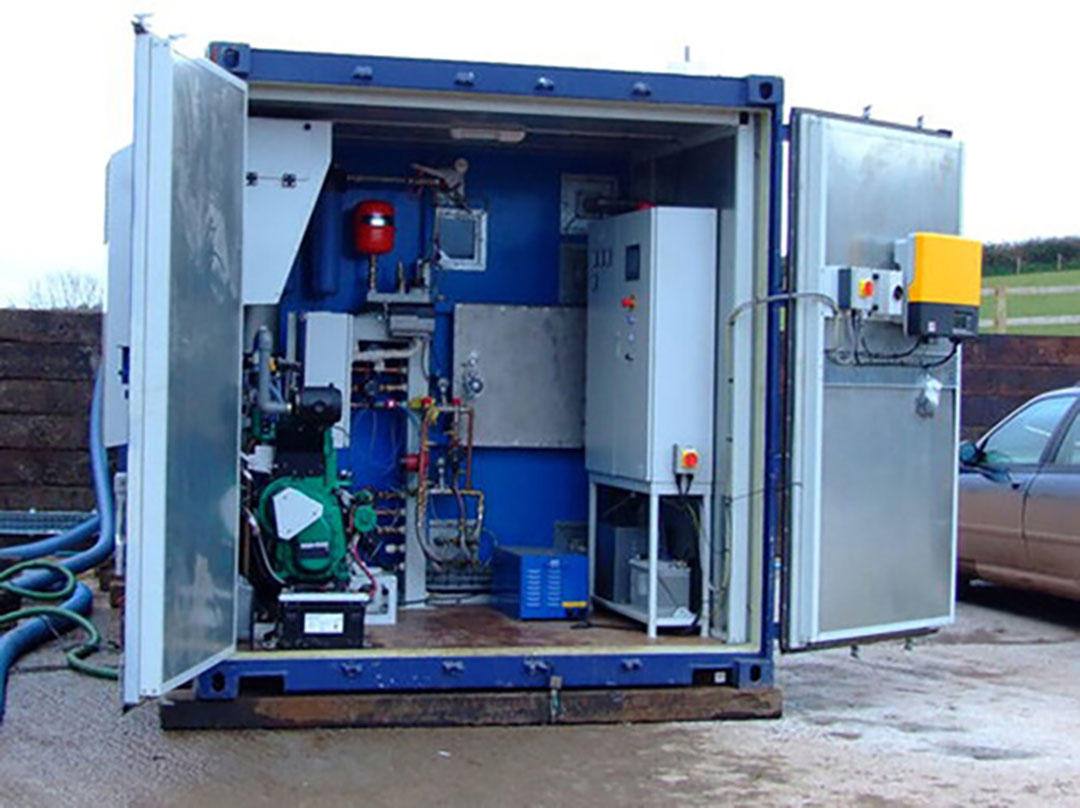
In terms of other minis on the market, the Valentin from Germany-based PlanET Biogas is available in 75 to 150 kW sizes depending on the substrate used. ATT of Germany markets a mini designed for 100 to 400 cows. UK-based SEaB Energy offers the Muckbuster, delivered to site in several standard shipping container units and operational within about 2 weeks.
Qube Renewables, also in the UK, offers the BioQUBE, a mini that can be configured for each site to allow multiple digesters running from a single feed system along with biogas storage, energy generation and digestate pasteurisation. It can be used in conjunction with the company’s LagoonQUBE, a digester that floats in the manure lagoon. Each modular, hexagonal unit covers 94 m2.
Sustainability projects
In 2020, a Microferm was installed in Blokzijl (in the eastern part of the Netherlands) as part of the third cooperative Jumpstart project that HoSt has been involved in since 2018. Jumpstart is an initiative of dairy cooperative FrieslandCampina that facilitates the adoption of manure digesters.
SEaB (Muckbuster) is a partner in the Berkeley – Andhra Smart Village programme, a collaborative initiative between the government of Andhra Pradesh in India and the University of California, Berkeley.
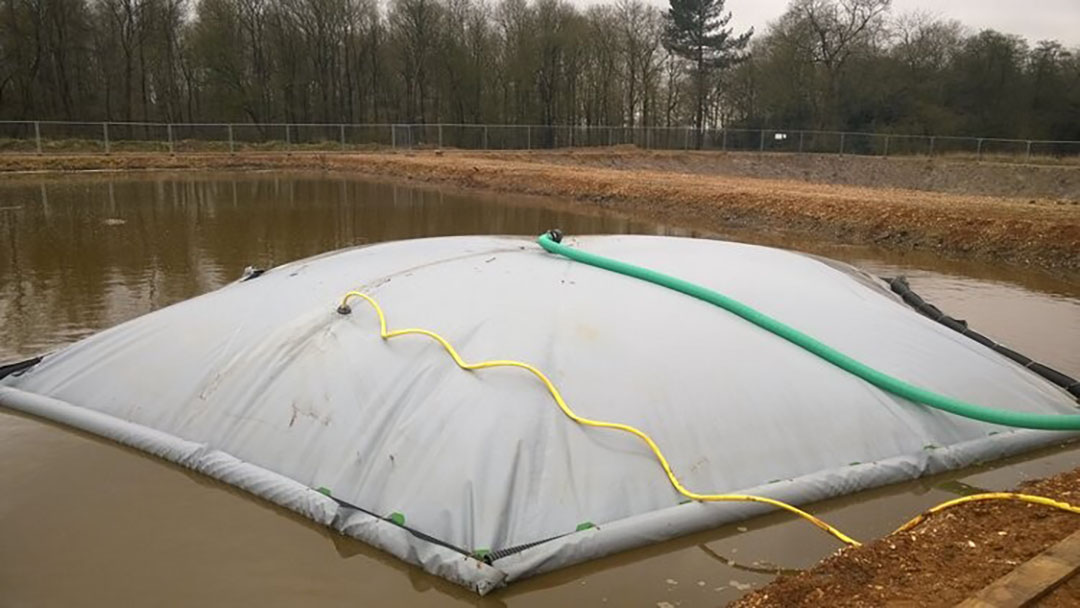
Biolectric is a sustainability partner of large agricultural co-ops such as ALCCP, Sodiaal and FrieslandCampina. Biolectric was chosen by the University of Cambridge to equip their Park Farm (about 200 dairy cows). In September 2021, the Park Farm hosted the Farming for Clean Air show where the new T6.180 Methane Power tractor (made by New Holland) was demonstrated, powered of course, by methane from the Park Farm’s digester.
In 2018, Biolectric started marketing an addition to its mini: the Nitrogen Stripping Unit. This is a second container that enables the farmer to ‘strip” nitrogen out of the digestate and produce on-farm fertiliser. Vanhee says that this can replace very energy-consuming artificial fertiliser. The unit costs € 150,000.
Join 13,000+ subscribers
Subscribe to our newsletter to stay updated about all the need-to-know content in the dairy sector, two times a week.




